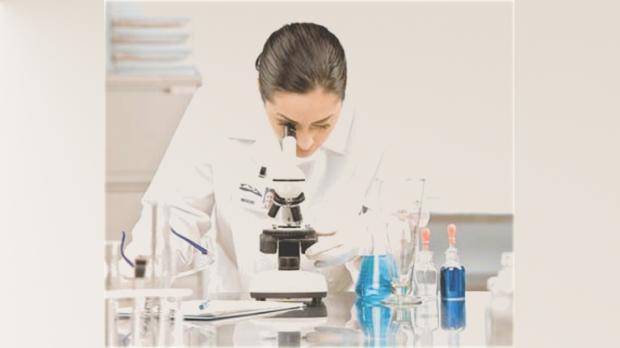
Antisense Against C90RF72

Even as some scientists work to develop animal and human cellular models of C9ORF72-related ALS (see C9ORF72 Research Models), others already are targeting the gene with experimental therapies designed to inactivate it or the repeat expansion it harbors.

Neurologists Bryan Traynor and Jeffrey Rothstein are working together to inactivate C9ORF72 and to identify biomarkers to determine drug activity in people with ALS. (For more on biomarkers in ALS, read Looking for a Sign.) Traynor is at the Laboratory of Neurogenetics, National Institute on Aging and Johns Hopkins University, and Rothstein is the director of the Johns Hopkins Brain Science Institute and Packard Center, and the MDA/ALS Center at Johns Hopkins University.
Traynor, who led one of two teams that identified the C9ORF72 mutation in September 2011, says he and Rothstein began strategizing ways to deal with the mutation shortly after it was uncovered.
“In particular, one aspect that became obvious to us from the very early days was that because of the nature of this mutation — essentially, a repeat expansion — it is quite amenable to a form of genetic therapy called antisense oligonucleotides [ASOs],” Traynor says.
ASOs: Therapies and tools
ASOs can be used as tools to stop the effects of toxic RNA, boost gene activity (expression) and change the genetic instructions that cells use when making proteins.
“In this case, the idea is that we can go into the cell with the ASOs and reverse the effects of the C9ORF72 mutation,” Traynor explains. “We go in and fix the gene at the point of origin.”
Using induced pluripotent stem cells (iPS cells) derived from people with C9ORF72-related ALS, Traynor and Rothstein are testing two methods designed to knock down the gene. One way is to block the repeat expansion from being formed in the first place; the second is to block the entire gene.
“You can take all your different theories and test them using antisense oligonucleotides,” Traynor says. “In a way, you’re both finding out the function, or the mechanism by which C9ORF72 is causing disease and curing it at the same time.”
Full-speed ahead
Although knowing how C9ORF72 causes ALS is important, in the case of ASOs it may not be necessary for immediate therapy development.
“We’ve already found some antisense approaches that begin to normalize biological activity,” Rothstein says. “That doesn’t mean it’s a therapy, but it means we can begin to move down that pathway.”
Several companies with expertise in antisense technology have expressed interest in Traynor’s and Rothstein’s antisense work.
“Development of this particular kind of therapy,” Rothstein says, “is an example of where we can go full-speed ahead.”